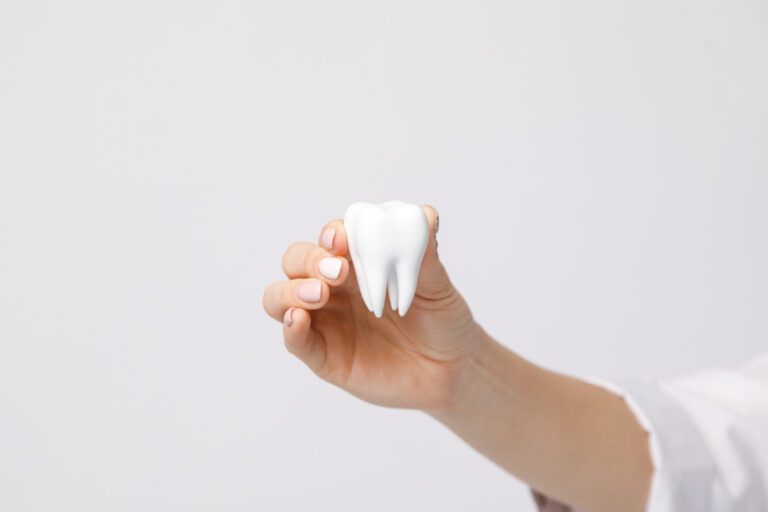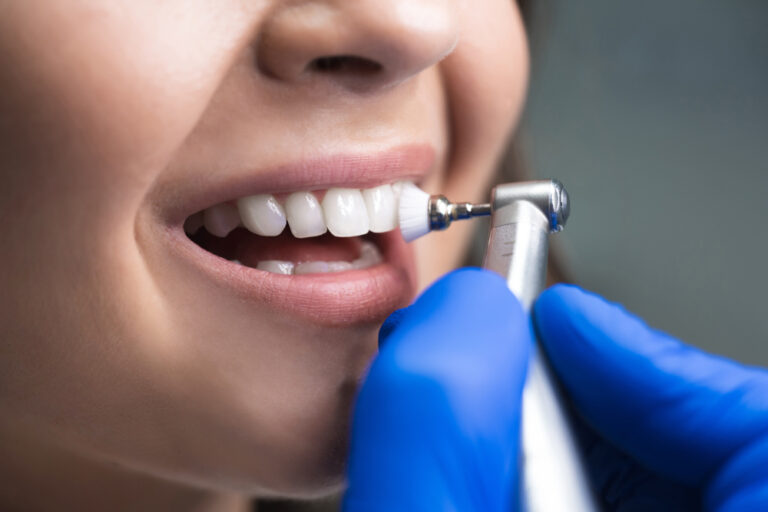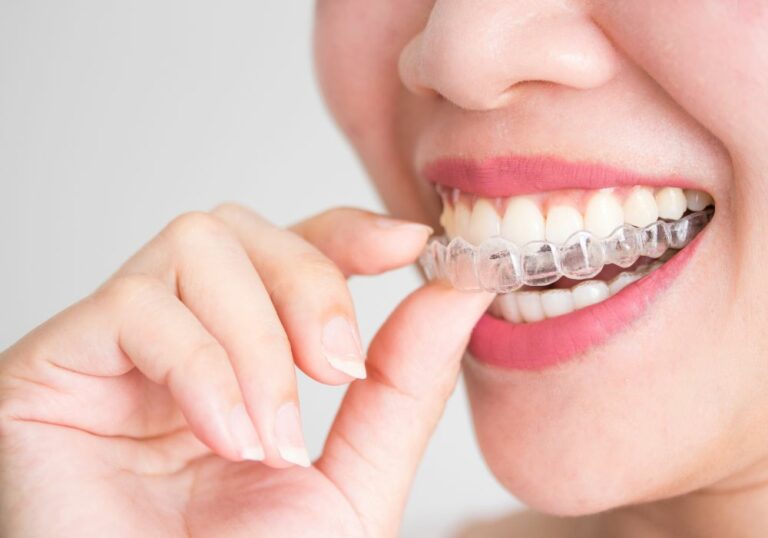Are you considering getting a tooth gem? While these small pieces of jewelry can add some sparkle to your smile, you may be wondering if the glue used to attach them is safe. After all, the last thing you want is to damage your teeth or put your health at risk.
The truth is, not all tooth gem glue is created equal. Some DIY methods may use harmful materials that are not meant to be used in the mouth, which can lead to tooth decay or even allergic reactions. It’s important to do your research and choose a reputable professional who uses safe and effective materials. Keep reading to learn more about tooth gem glue safety and what to look for when getting a tooth gem.
Understanding Tooth Gems
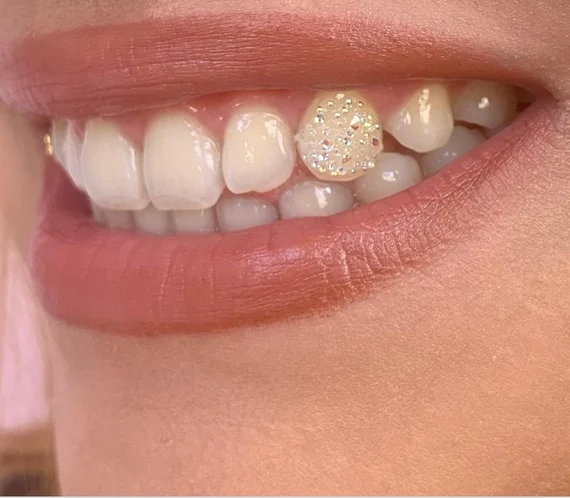
Tooth gems are small jewels that are attached to the enamel of your teeth using a special type of glue. They come in various shapes, sizes, and colors, and can be used to express your personality or make a fashion statement. Tooth gems have become increasingly popular in recent years, especially among younger generations.
While tooth gems are generally safe, it is important to note that the glue used to attach them can have potential risks. The glue is typically made of cyanoacrylate, which is a type of adhesive that can cause skin irritation and allergic reactions. If you have sensitive skin or a history of allergic reactions, it is recommended that you consult with your dentist before getting tooth gems.
It is also important to note that tooth gems should only be applied by a dental professional. Attempting to apply tooth gems yourself can lead to serious dental problems, such as tooth decay or damage to the enamel. A professional dentist will ensure that the tooth gem is properly placed and that the glue used is safe for your teeth.
Overall, tooth gems can be a fun and unique way to express your individuality. However, it is important to take proper precautions and only have them applied by a professional dentist to ensure your safety and the health of your teeth.
What is Tooth Gem Glue?
Tooth gems are a popular trend where small jewels or gems are bonded to the enamel of your teeth to add some bling to your smile. The gems are bonded to the tooth using a special glue that is safe for dental use. This glue is commonly referred to as tooth gem glue or dental adhesive.
Tooth gem glue is specifically designed for use on teeth and is safe for use in your mouth. It is made from materials that are non-toxic and are not harmful to your teeth or gums. The glue is also designed to be strong enough to hold the gems in place but not so strong that it damages your teeth when the gems are removed.
There are different types of tooth gem glue available, and each has its own unique properties. Some types of glue require a UV light for curing, while others do not. It is important to choose the right type of glue for your tooth gems, depending on the type of gems you are using and the surface of your teeth.
Overall, tooth gem glue is safe for use on your teeth and is specifically designed for dental use. It is important to follow the instructions carefully when applying tooth gems and to choose the right type of glue for your teeth to ensure that your gems stay in place and do not cause any damage to your teeth or gums.
Safety of Tooth Gem Glue
If you’re considering getting tooth gems, you may be wondering about the safety of the glue used to attach them to your teeth. In this section, we’ll discuss the ingredients in tooth gem glue, FDA approval, and the views of dental associations on the safety of tooth gem glue.
Ingredients
Tooth gem glue typically contains cyanoacrylate, a type of adhesive commonly used in medicine and dentistry. Cyanoacrylate is safe for use in the mouth and is often used to seal and protect teeth after dental procedures. However, some tooth gem glues may also contain other ingredients, such as glitter or other decorative elements. These additional ingredients may not be safe for use in the mouth and could cause irritation or other issues.
FDA Approval
Tooth gem glue is not regulated by the FDA because it is considered a cosmetic product rather than a medical device. This means that manufacturers are not required to demonstrate the safety or effectiveness of their products before they are sold. However, the FDA does regulate the use of cyanoacrylate in medical and dental applications, which provides some assurance that it is safe for use in the mouth.
Dental Association Views
Dental associations generally do not recommend the use of tooth gems because they can damage the tooth enamel and increase the risk of tooth decay. However, if you do choose to get tooth gems, it is important to ensure that the glue used is safe and non-toxic. Some dentists may offer tooth gem services and use safe, professional-grade glue, so it may be worth consulting with a dental professional before getting tooth gems.
Overall, the safety of tooth gem glue depends on the specific product used and the expertise of the person applying it. If you are considering getting tooth gems, it is important to do your research and choose a reputable provider who uses safe, non-toxic glue.
Potential Risks and Side Effects
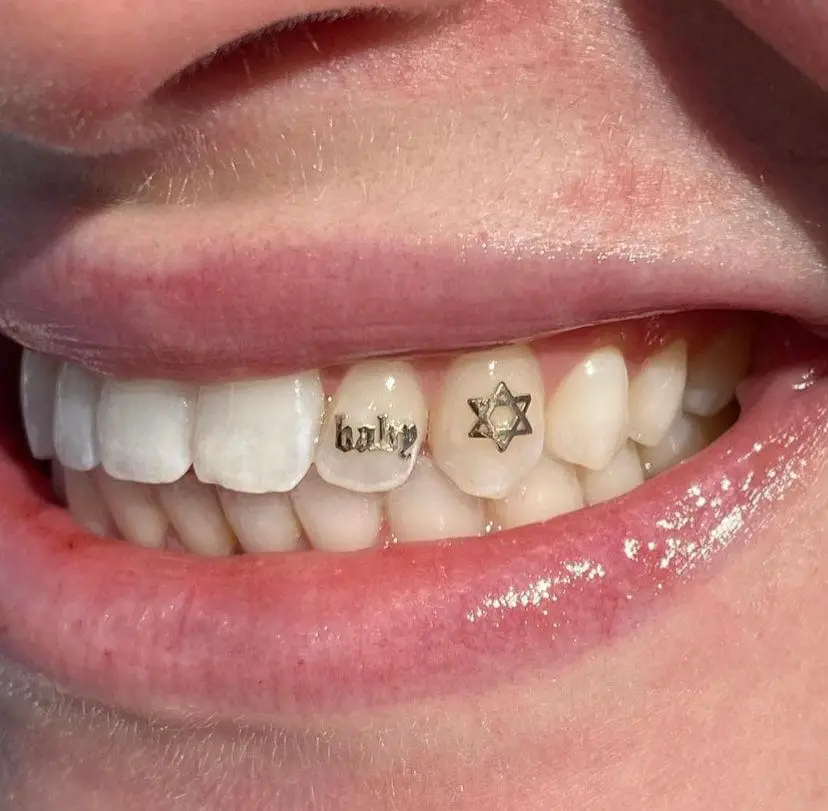
When it comes to tooth gem glue, there are a few potential risks and side effects that you should be aware of. These include tooth damage and allergic reactions.
Tooth Damage
Tooth damage is one of the most significant risks associated with tooth gem glue. The glue used to attach the gem to your tooth is typically a strong adhesive that can damage your tooth enamel. This can lead to tooth sensitivity, decay, and even tooth loss in severe cases.
Additionally, if the gem is not applied correctly, it can cause damage to your tooth. For example, if the gem is placed too close to the gum line, it can cause gum irritation and inflammation.
Allergic Reactions
Another potential risk of tooth gem glue is an allergic reaction. Some people may be allergic to the adhesive used to attach the gem to their tooth, which can cause swelling, redness, and itching around the affected area.
It’s essential to note that allergic reactions to tooth gem glue are relatively rare. However, if you have a history of allergic reactions to adhesives or other dental materials, you should discuss this with your dentist before getting a tooth gem.
Overall, while tooth gem glue is generally safe, there are some potential risks and side effects that you should be aware of. To minimize your risk of experiencing any adverse effects, it’s crucial to have your tooth gem applied by a trained professional and to follow all aftercare instructions provided by your dentist.
Proper Use of Tooth Gem Glue
When it comes to applying tooth gems, using the right glue is crucial for your safety and the health of your teeth. Here are some tips on how to properly use tooth gem glue.
Application Process
- Choose the right glue: Make sure to use a safe, non-toxic adhesive that is specifically designed for oral use. Avoid using nail glue or other adhesives that contain harmful chemicals that can damage tooth enamel.
- Prepare your tooth: Clean your tooth with a toothbrush and toothpaste, and rinse your mouth with water. Make sure your tooth is completely dry before applying the glue.
- Apply the glue: Apply a small amount of glue to the surface of your tooth where you want to place the gem. Use a toothpick or a small brush to spread the glue evenly.
- Place the gem: Carefully place the gem on top of the glue, and press down gently. Hold the gem in place for a few seconds to make sure it sticks.
- Let it dry: Allow the glue to dry completely before eating or drinking anything. This usually takes a few minutes.
Removal Process
- Use dental floss: Gently slide dental floss between the gem and your tooth to loosen the glue.
- Apply pressure: Use your fingers or a dental tool to apply pressure to the gem and wiggle it back and forth until it comes loose.
- Clean your tooth: Once the gem is removed, clean your tooth with a toothbrush and toothpaste to remove any remaining glue.
Remember to always follow the instructions provided by the manufacturer of the tooth gem glue. If you experience any pain or discomfort during the application or removal process, stop immediately and consult a dental professional.
Alternatives to Tooth Gem Glue
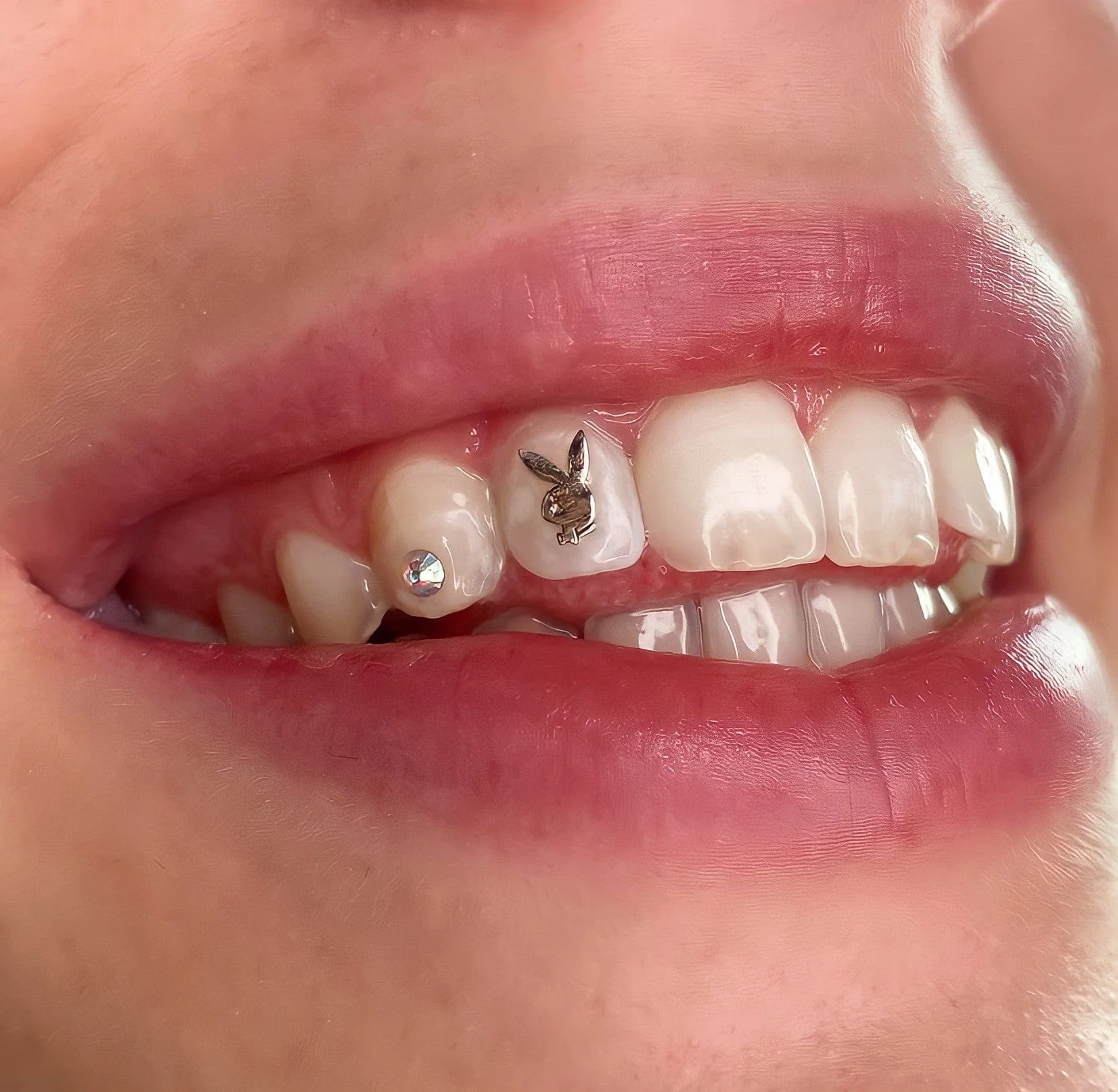
If you are concerned about the safety of tooth gem glue or simply prefer not to use it, there are alternative options available. Here are a few alternatives to consider:
1. Removable Tooth Gems
One alternative to using glue for tooth gems is to choose removable gems. These are typically made with a small metal or plastic backing that adheres to the tooth with a mild adhesive. This type of gem can be easily removed without damaging the tooth or leaving any residue behind.
2. Dental Bonding
Another option is to have a dental professional apply the gem using dental bonding. This involves using a tooth-colored resin to bond the gem to the tooth. While this option may be more expensive than using glue or removable gems, it is a safe and long-lasting option that can be customized to your specific needs.
3. Jewelry Attachments
If you are looking for a temporary option, consider attaching the gem to a piece of jewelry that can be worn on the tooth. This can be a fun and unique way to add some sparkle to your smile without any permanent changes to your teeth.
When considering alternatives to tooth gem glue, it is important to choose a safe and reputable option that will not damage your teeth or cause any adverse effects. Consult with a dental professional if you have any concerns or questions about which option is best for you.
Frequently Asked Questions
How are tooth gems applied?
Tooth gems are applied by a dental professional using safe dental materials or dentistry glue. The gem is bonded to the enamel of your tooth, and no drilling is involved in the process. The application is similar to placing orthodontic braces or brackets on a tooth. You will be asked to wear glasses to protect your eyes while they shine a blue light onto the adhesive and tooth gem. This blue light, along with a fan, helps to cure the adhesive and create a long-lasting bond between your tooth and the gem.
How long do tooth gems last?
Tooth gems can last anywhere from a few months to a few years, depending on how well you take care of them. Proper oral hygiene, such as brushing and flossing regularly, can help prolong the life of your tooth gem.
Where can I get tooth gems?
Tooth gems can be applied by a dental professional. You can ask your dentist if they offer this service, or you can search for a dental professional who specializes in cosmetic dentistry.
What are the risks of tooth gems?
Tooth gems are generally safe, but there are some risks involved. If the tooth gem is not applied properly, it can damage your tooth enamel. Additionally, if the tooth gem becomes loose, it can become a choking hazard. It’s important to choose a dental professional who is experienced in applying tooth gems to minimize these risks.
What kind of glue should I use for tooth gems?
It’s important to use a safe dental adhesive or dentistry glue when applying tooth gems. Your dental professional will use a safe adhesive that is specifically designed for dental use.
What should I avoid with tooth gems?
Avoid eating hard or sticky foods, as these can damage your tooth gem or cause it to become loose. It’s also important to avoid using your teeth to open packages or bottles, as this can cause the tooth gem to become dislodged. Finally, be sure to brush and floss regularly to keep your tooth gem and teeth healthy.

